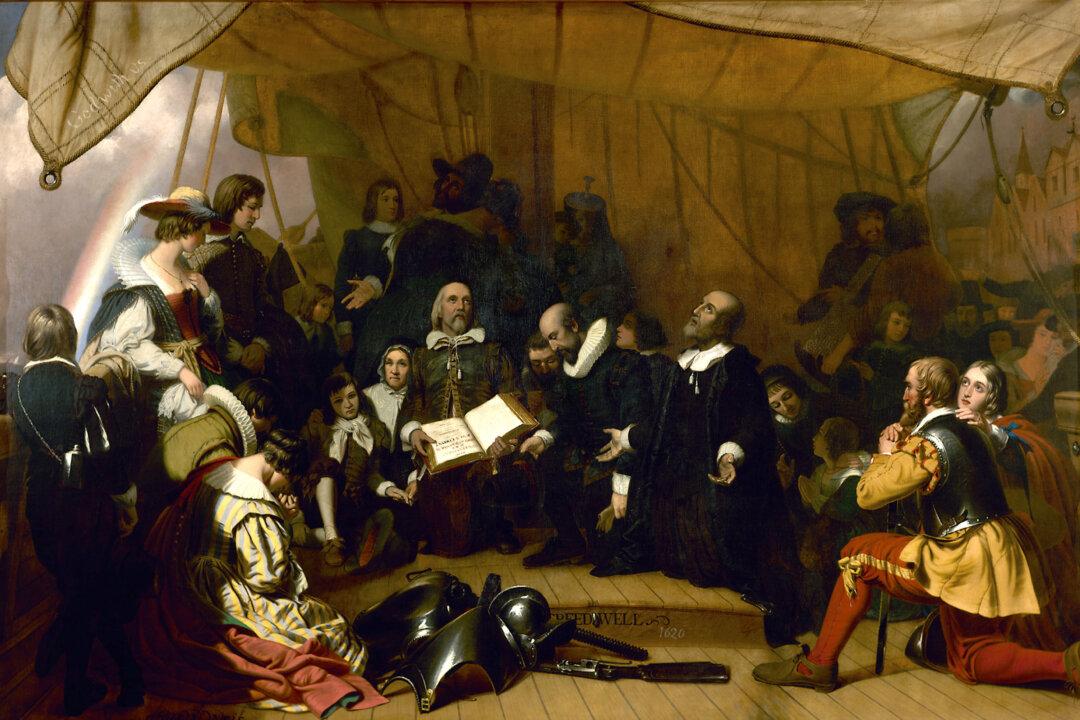Commentary
Education forms the minds of citizens at an impressionable age. What is taught and learned in school eventually effects the life and character of a nation.

Education forms the minds of citizens at an impressionable age. What is taught and learned in school eventually effects the life and character of a nation.